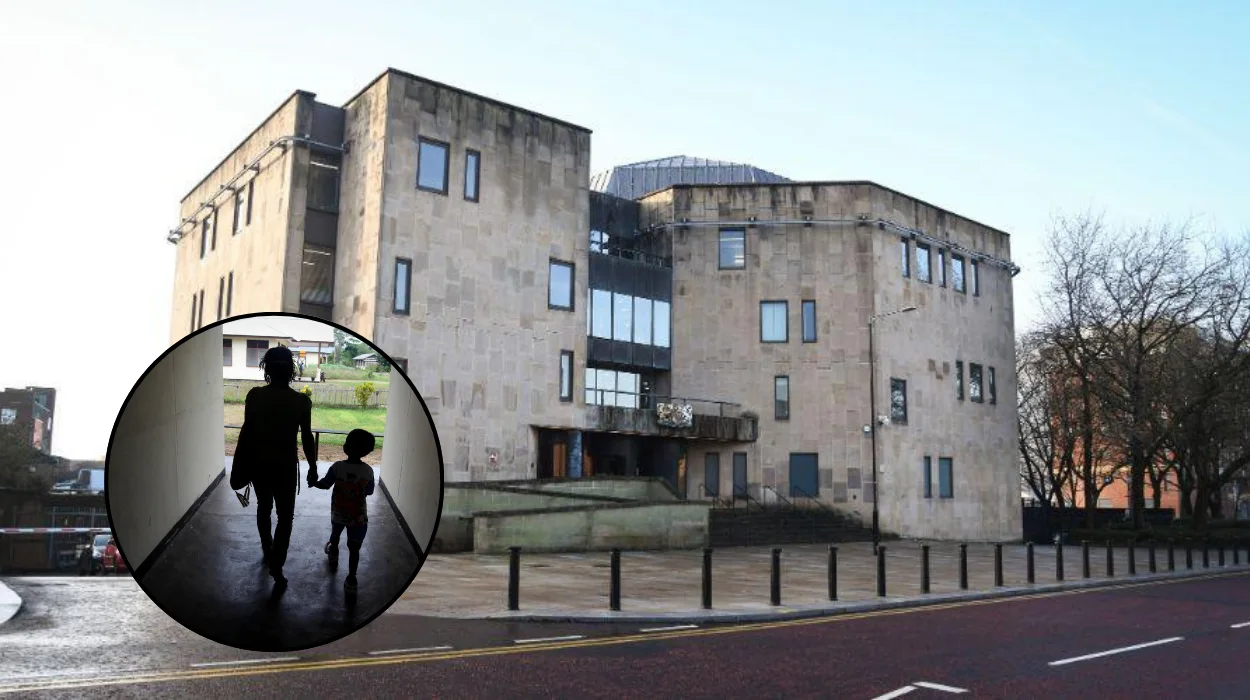Key Points
- A man from Horwich was discovered to be in possession of over 20,000 indecent images of children, according to court proceedings.
- The case involved extensive forensic analysis of multiple electronic devices seized during a police raid on the suspect’s residence.
- The images were categorised under the UK’s tripartite system, with a significant number falling into Category A—the most severe classification, involving penetrative sexual activity and sadistic conduct.
- The suspect, whose identity has not been disclosed in available reports, cooperated with authorities upon their arrival, stating, “I’ll make it easy for you. I’ll show you where it is”.
- Police recovered 56 electronic devices, with 13 found to contain the illicit material, including both still images and moving videos.
- The Crown Prosecution Service CPS emphasised that the possession and distribution of such images perpetuate the cycle of abuse, as demand fuels further exploitation of children.
- While specific sentencing details for the Horwich case are not yet public, legal experts note that cases involving over 20,000 images typically attract custodial sentences ranging from several years to over a decade, depending on aggravating factors.
- The case underscores the increasing use of digital forensics in child protection investigations and the challenges posed by the volume and severity of digital child sexual abuse material.
What led to the discovery of the indecent images?
As reported by a local legal correspondent of Bailiwick Express News Jersey, police executed a search warrant at the Horwich residence following intelligence indicating the upload of illegal content from the address. Upon arrival, the suspect immediately cooperated, directing officers to the location of the devices. This swift admission facilitated the seizure of 56 electronic items, including smartphones, laptops, and external storage drives. Forensic examination revealed that 13 of these devices contained a total of over 20,000 indecent images and videos of children. The nature of the material included depictions of children as young as two years old, with a substantial portion classified as Category A under the UK sentencing guidelines.
How are indecent images categorised in the UK legal system?
Under the UK’s legal framework, indecent images of children are classified into three categories based on severity. Category A includes the most extreme content, such as penetrative sexual activity, sexual activity with animals, or sadistic behaviour. Category B covers non-penetrative sexual activity, while Category C includes indecent images that do not involve sexual activity but are still deemed offensive. In this case, a significant number of the images were classified as Category A, with many being moving images, which are treated more severely due to their dynamic and prolonged nature. The Crown Advocate prosecuting the case highlighted that the presence of such material contributes to the ongoing abuse of children by sustaining demand for new content.
What legal consequences could the suspect face?
Legal analysts from Stuart Miller Solicitors note that sentencing for possession of indecent images is determined by a structured framework, with the number and category of images being primary factors. Given the scale of this case—over 20,000 images, many in Category A—the likely sentence would fall within the highest band of the guidelines, potentially exceeding ten years in custody. Additional factors, such as the suspect’s criminal history, level of cooperation, and risk of reoffending, are also considered. In a similar case, Matthew William Laverty, aged 55, was jailed for two years and two months for possessing 2,001 images, including 264 Category A images. However, the current case involves a volume nearly ten times greater, which would significantly aggravate the sentence. The suspect may also face a lengthy period on licence, mandatory registration on the Sex Offenders Register, and potential Sexual Harm Prevention Orders SHPOs restricting internet use and contact with minors.
How does digital forensics play a role in such investigations?
As detailed in a judiciary sentencing report published on 6 October 2025, forensic analysis of digital devices is now central to prosecuting child exploitation cases. In the Horwich case, investigators used advanced software to recover, decrypt, and categorise the images across multiple devices. The process included identifying metadata, tracing download histories, and determining whether images were shared online. The report notes that suspects often use encryption, cloud storage, or virtual machines to conceal material, but law enforcement agencies have developed countermeasures to detect such attempts. The successful recovery of 20,000 images from 13 devices demonstrates the sophistication of current forensic capabilities and the importance of inter-agency cooperation between local police, the National Crime Agency NCA, and the CPS.
What broader implications does this case have for child protection?
The Crown Prosecution Service has reiterated that the law treats AI-generated and real indecent images of children with equal severity, as both contribute to the normalisation and demand for child sexual abuse material. In a recent case involving Hugh Nelson of Bolton, who used AI to create “depraved” images, the court emphasised that technological manipulation does not diminish culpability. Judge Martin Walsh stated,
“There appears to be no limit to the depth of depravity exhibited in the images that you were prepared to create and to distribute to others”.
This principle applies equally to cases involving real images, reinforcing the message that possession, regardless of origin, fuels further abuse. The Horwich case serves as a stark reminder of the persistent threat posed by digital child exploitation and the critical role of public vigilance, technological enforcement, and robust legal frameworks in safeguarding children.
